When they first started planting Irish heritage wheat varietals on their family farm in Co Monaghan, Fintan and Turlough Keenan’s biggest obstacle to overcome wasn’t financial or logistical in nature – it was learning to ignore the many people who told them it wasn’t going to work; that there would never be a future in heritage grain.
Driven by their passion for environmental sustainability, however, the brothers have since gained an ever-growing cult following of Ireland’s best chefs, distillers and bakers who hope to exclusively use Irish wheat, rye and barley varieties in their products.
It sounds like a fad, doesn’t it? Like veganism, kombucha or butterfly tattoos. The idea of heritage wheat has an air of notions surrounding it – like an upper-class ingredient, only available to those who can afford to indulge. The thing is, though – this isn’t.
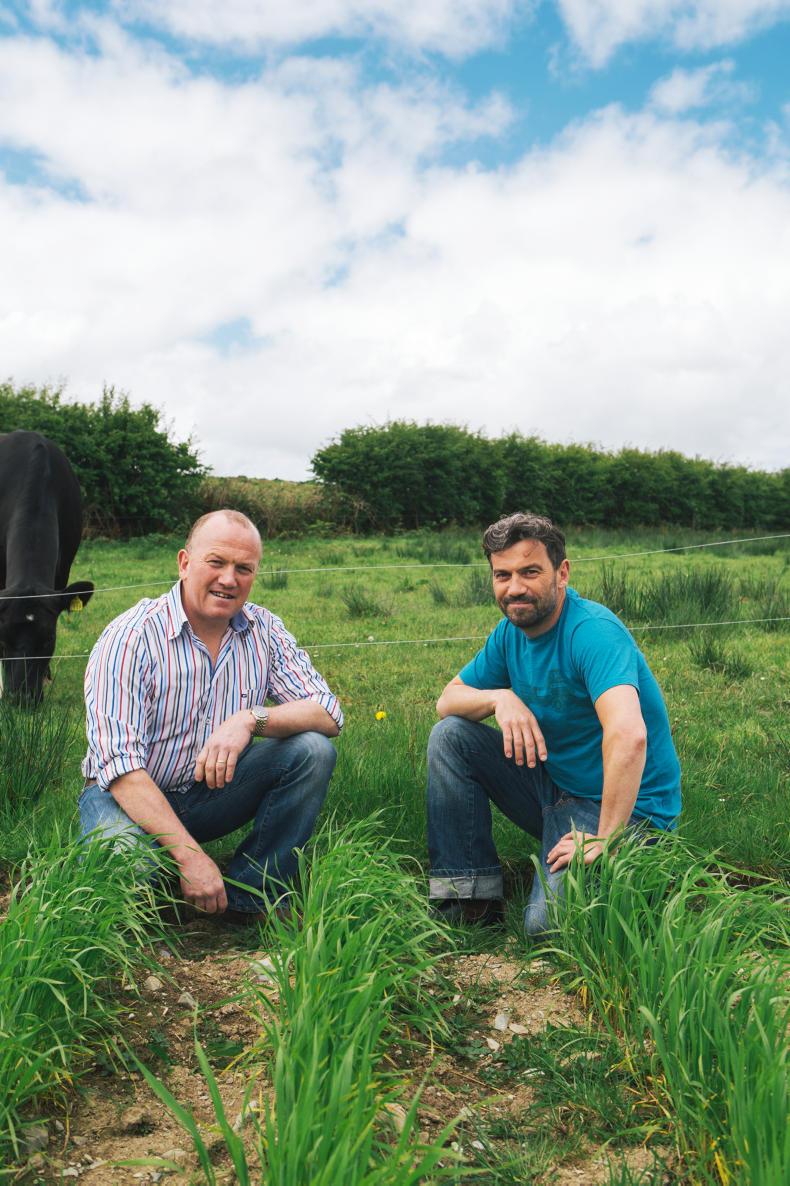
According to the Keenan brothers, there are health, environmental and societal benefits to heritage grain production. Fintan works at Mørdrupgård Farm in Denmark where he specialises in bringing back heritage wheat varietals from seeds in gene banks. He maintains that heritage wheats are naturally disease-resistant, meaning they don’t require the amount of pesticides and sprays you might find on other mass-produced grains.
“One of the biggest concerns for me is climate change,” he says. “We have to be able to sustain our own communities. If you see what’s coming toward us, by 2050 we might be in a very different situation.”
With climate change in mind, the Keenans strive to develop strains of wheat that were traditionally grown in Ireland. Finding varieties that will cope with our extreme weather events (like the intense snow we experienced last March) are a priority for the brothers.
Types of wheat like Red Settin, traditionally grown in Ireland from the mid-1800s, are better able to handle the types of weather most often thrown at us. It is literally written in their genetic make-up.
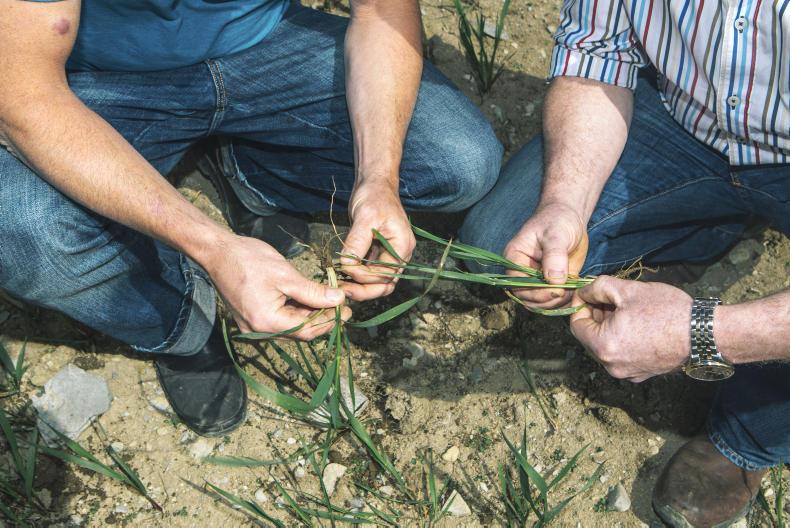
Other reasons to support Irish heritage grain? Turlough insists that these varietals are easier to digest, leading to fewer intestinal problems for those who find eating gluten and breads problematic.
“Right now, since we haven’t milled our own crops as of yet, I have to get Fintan to send me flour from Denmark. We (as a family) have gotten used to the taste and quality of it,” he explains. “Sourdough is an acquired taste for some, but we think it’s lovely – and it’s so good for your gut.”
The brothers are adamant that they want to see a shift in the way the Irish perceive bread and believe it all comes down to using quality ingredients.
If you make your own bread and use a locally milled flour, you trust where that flour is coming from and where it was grown. You understand the difference freshly milled flour makes and, as a result, the bread made with it is of a much higher quality.
“When I was growing up,” Fintan says, “I always loved baking with my mother. We would make the most delicious soda bread together.
These days, the idea of running down to the local shop and picking up a sliced pan – that’s not our bread culture. But many have forgotten what our bread culture really is.
That said, the “real bread” movement is alive and well in Ireland with several well-known bakeries waiting patiently for the first Irish heritage wheat flour to be milled on the Keenan farm. They will have a while to wait – the brothers don’t aim to have flour available for retail in the immediate future.
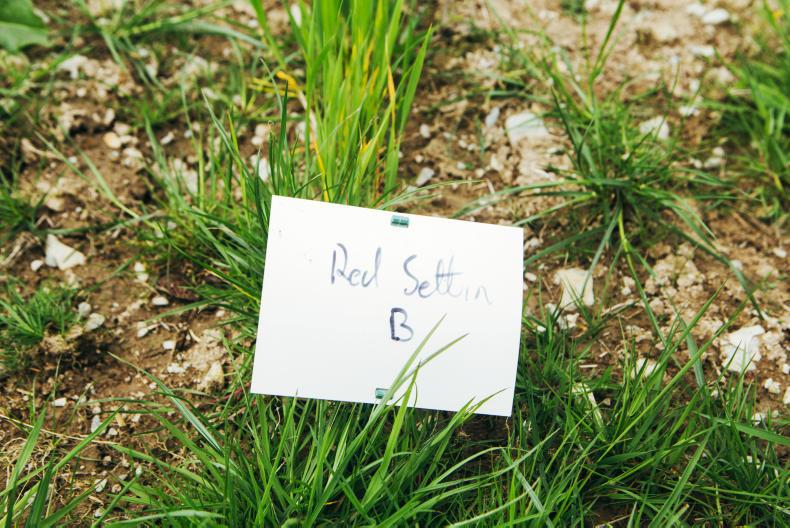
Redeveloping these strains of grain takes time, precision, and a strictly followed scientific process that includes cutting sheathes by hand, with scissors, and carefully documenting every step taken from seed to harvest. Right now, the grains are kept and re-sowed each year to build up enough seed to maintain both growing ability and milling for flour.
“Basically,” Fintan says, “when we plant one seed into the ground we multiply it by 15. If we put one kilo of seed into the ground, we’ll have 15 kilos back after harvesting.”
“Also,” Turlough adds, “if we can grow quality wheat in the stony fields of Monaghan, imagine what we could do in some of Ireland’s more fertile soils in Kildare or Meath.”
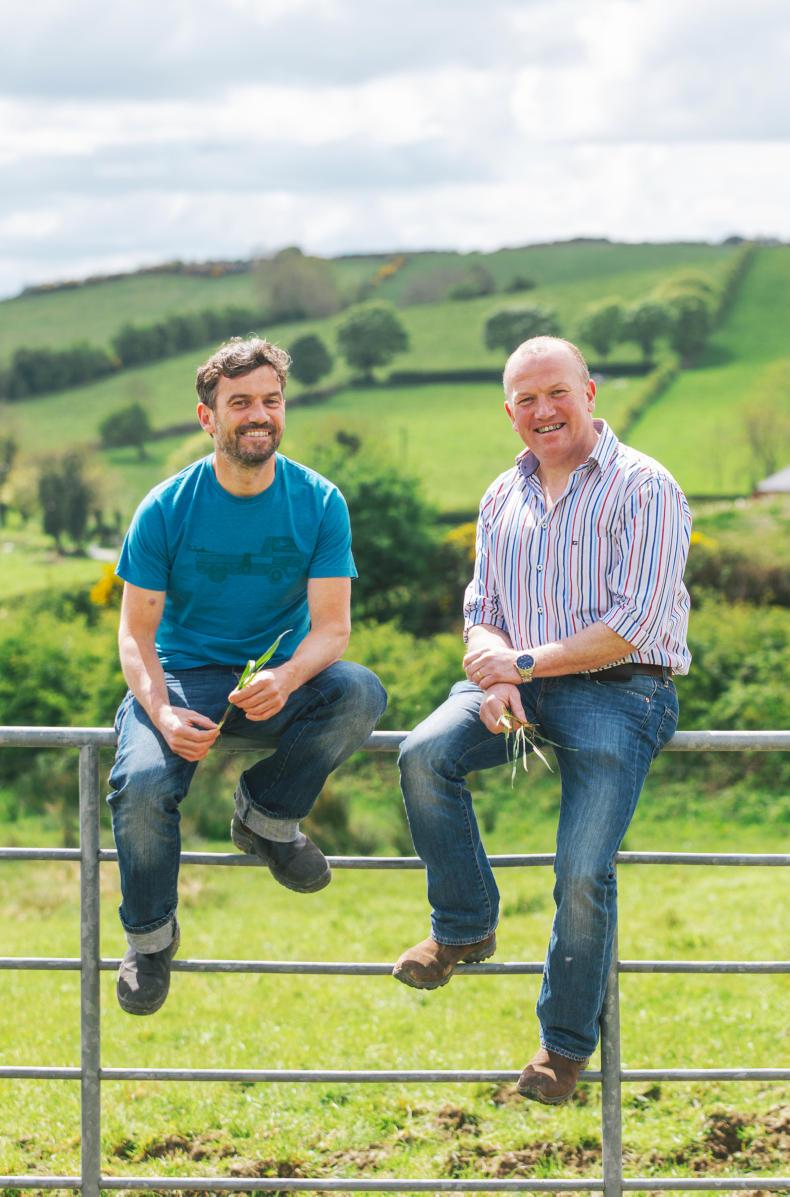
While the Keenans have been sowing different Irish strains of heritage wheat (there are 17 different varietals altogether) for the past three years, this past year their main crops will be purple wheat which (you guessed it) is known for its purple colour, and Øland wheat, a winter grain which originates from a small island in Sweden.
Their Irish heritage varietals include Red Settin, Glasnevin Rosa and the very patriotic-sounding Irish Progress. The Keenans discovered some of these varietals, which originated in the breeding centre at The National Botanic Gardens in Glasnevin. Other Irish strains have vanished over time and can’t be recovered.
“There was one variety called Coney Island – from the west coast of Ireland,” Fintan says. Apparently it was very good for bread production, but it’s sadly gone extinct. The other Irish varieties we’ve been able to find are all in the ground in Monaghan.
While Turlough oversees the growth and takes care of the 20-acre farm in Monaghan, Fintan is back and forth from Denmark, where he lives with his wife and children. His interest in heritage grain and “real bread” began years ago, after a visit to a farm in Normandy, France.
“There was a flour mill attached to this farm that had been vacant since the 1970s. The owner simply locked it up and left – with every piece of equipment remaining within,” he recounts.
“With my background in mechanics I was fascinated with all the bits and pieces. There was a boulangerie that was originally attached to the mill and you could see where the Nazis removed the stones from the oven so they wouldn’t be able to make bread during the war.”
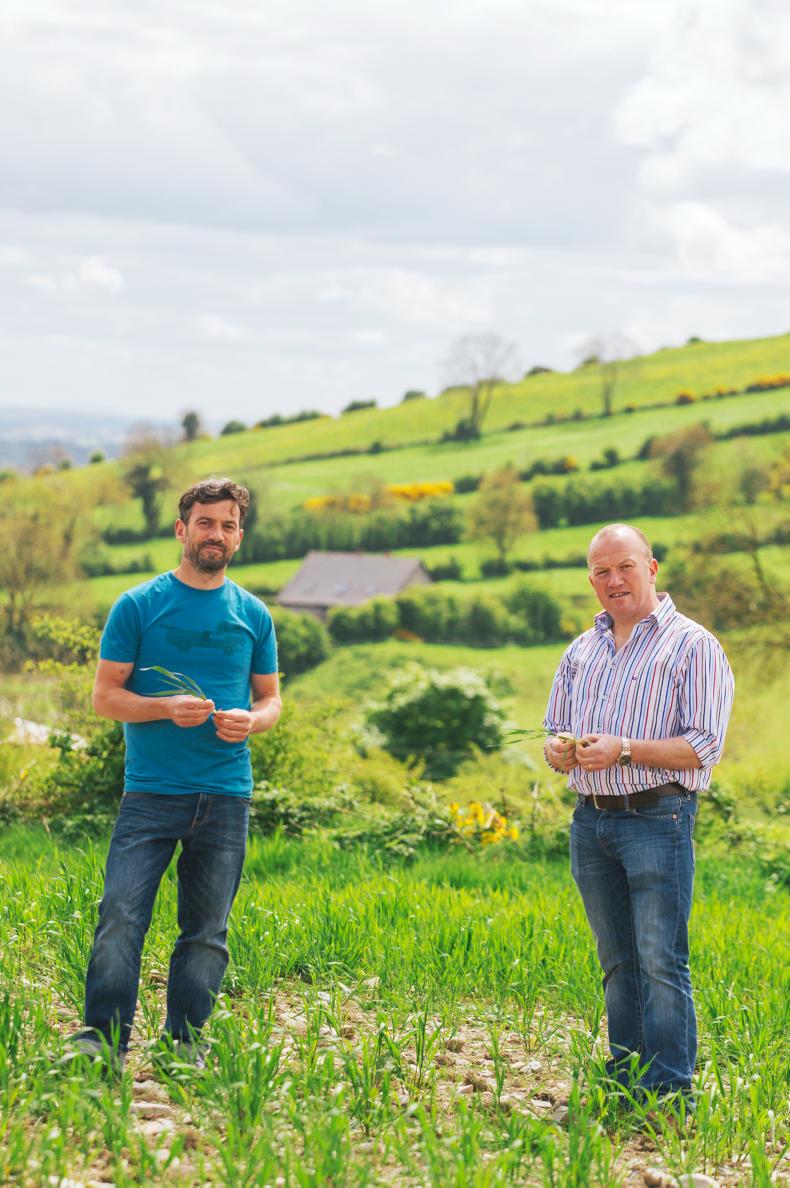
His interest in the grain-producing process piqued, he soon moved to Denmark and started working with Per Grupe, a well-known farmer at Mørdrupgård who specialises in heritage flour milling.
“I am passionate about sustainability in general,” Fintan explains. “When I started (with Per Grupe), I applied that passion to my work. It all comes back to sustainability in the broader sense.”
At home in Monaghan, Turlough participates in Teagasc’s GLAS Wildlife Scheme, in which he plants fields which are left to the surrounding wildlife, including birds and bees, to enjoy and live in.
“It’s a farm scheme,” he explains. “You plough and sow before the end of May – we sowed barley and linseed – and then you leave it. You can’t touch it again until the middle of April.”
The brothers are taking every step to ensure not only the success of their crops, but the preservation of their environment. It is their ultimate hope that the rest of Ireland follows suit.
“I’m hoping it will change the culture of food overall and that people will start thinking about where their food is coming from,” Fintan says. “If we can do it with wheat, we can do it with all our other food sources.”
Read more
Rising foodie star Patrick Ryan of the Firehouse Bakery on his bread revolution
National bread week: The stuff of life
When they first started planting Irish heritage wheat varietals on their family farm in Co Monaghan, Fintan and Turlough Keenan’s biggest obstacle to overcome wasn’t financial or logistical in nature – it was learning to ignore the many people who told them it wasn’t going to work; that there would never be a future in heritage grain.
Driven by their passion for environmental sustainability, however, the brothers have since gained an ever-growing cult following of Ireland’s best chefs, distillers and bakers who hope to exclusively use Irish wheat, rye and barley varieties in their products.
It sounds like a fad, doesn’t it? Like veganism, kombucha or butterfly tattoos. The idea of heritage wheat has an air of notions surrounding it – like an upper-class ingredient, only available to those who can afford to indulge. The thing is, though – this isn’t.

According to the Keenan brothers, there are health, environmental and societal benefits to heritage grain production. Fintan works at Mørdrupgård Farm in Denmark where he specialises in bringing back heritage wheat varietals from seeds in gene banks. He maintains that heritage wheats are naturally disease-resistant, meaning they don’t require the amount of pesticides and sprays you might find on other mass-produced grains.
“One of the biggest concerns for me is climate change,” he says. “We have to be able to sustain our own communities. If you see what’s coming toward us, by 2050 we might be in a very different situation.”
With climate change in mind, the Keenans strive to develop strains of wheat that were traditionally grown in Ireland. Finding varieties that will cope with our extreme weather events (like the intense snow we experienced last March) are a priority for the brothers.
Types of wheat like Red Settin, traditionally grown in Ireland from the mid-1800s, are better able to handle the types of weather most often thrown at us. It is literally written in their genetic make-up.

Other reasons to support Irish heritage grain? Turlough insists that these varietals are easier to digest, leading to fewer intestinal problems for those who find eating gluten and breads problematic.
“Right now, since we haven’t milled our own crops as of yet, I have to get Fintan to send me flour from Denmark. We (as a family) have gotten used to the taste and quality of it,” he explains. “Sourdough is an acquired taste for some, but we think it’s lovely – and it’s so good for your gut.”
The brothers are adamant that they want to see a shift in the way the Irish perceive bread and believe it all comes down to using quality ingredients.
If you make your own bread and use a locally milled flour, you trust where that flour is coming from and where it was grown. You understand the difference freshly milled flour makes and, as a result, the bread made with it is of a much higher quality.
“When I was growing up,” Fintan says, “I always loved baking with my mother. We would make the most delicious soda bread together.
These days, the idea of running down to the local shop and picking up a sliced pan – that’s not our bread culture. But many have forgotten what our bread culture really is.
That said, the “real bread” movement is alive and well in Ireland with several well-known bakeries waiting patiently for the first Irish heritage wheat flour to be milled on the Keenan farm. They will have a while to wait – the brothers don’t aim to have flour available for retail in the immediate future.

Redeveloping these strains of grain takes time, precision, and a strictly followed scientific process that includes cutting sheathes by hand, with scissors, and carefully documenting every step taken from seed to harvest. Right now, the grains are kept and re-sowed each year to build up enough seed to maintain both growing ability and milling for flour.
“Basically,” Fintan says, “when we plant one seed into the ground we multiply it by 15. If we put one kilo of seed into the ground, we’ll have 15 kilos back after harvesting.”
“Also,” Turlough adds, “if we can grow quality wheat in the stony fields of Monaghan, imagine what we could do in some of Ireland’s more fertile soils in Kildare or Meath.”

While the Keenans have been sowing different Irish strains of heritage wheat (there are 17 different varietals altogether) for the past three years, this past year their main crops will be purple wheat which (you guessed it) is known for its purple colour, and Øland wheat, a winter grain which originates from a small island in Sweden.
Their Irish heritage varietals include Red Settin, Glasnevin Rosa and the very patriotic-sounding Irish Progress. The Keenans discovered some of these varietals, which originated in the breeding centre at The National Botanic Gardens in Glasnevin. Other Irish strains have vanished over time and can’t be recovered.
“There was one variety called Coney Island – from the west coast of Ireland,” Fintan says. Apparently it was very good for bread production, but it’s sadly gone extinct. The other Irish varieties we’ve been able to find are all in the ground in Monaghan.
While Turlough oversees the growth and takes care of the 20-acre farm in Monaghan, Fintan is back and forth from Denmark, where he lives with his wife and children. His interest in heritage grain and “real bread” began years ago, after a visit to a farm in Normandy, France.
“There was a flour mill attached to this farm that had been vacant since the 1970s. The owner simply locked it up and left – with every piece of equipment remaining within,” he recounts.
“With my background in mechanics I was fascinated with all the bits and pieces. There was a boulangerie that was originally attached to the mill and you could see where the Nazis removed the stones from the oven so they wouldn’t be able to make bread during the war.”

His interest in the grain-producing process piqued, he soon moved to Denmark and started working with Per Grupe, a well-known farmer at Mørdrupgård who specialises in heritage flour milling.
“I am passionate about sustainability in general,” Fintan explains. “When I started (with Per Grupe), I applied that passion to my work. It all comes back to sustainability in the broader sense.”
At home in Monaghan, Turlough participates in Teagasc’s GLAS Wildlife Scheme, in which he plants fields which are left to the surrounding wildlife, including birds and bees, to enjoy and live in.
“It’s a farm scheme,” he explains. “You plough and sow before the end of May – we sowed barley and linseed – and then you leave it. You can’t touch it again until the middle of April.”
The brothers are taking every step to ensure not only the success of their crops, but the preservation of their environment. It is their ultimate hope that the rest of Ireland follows suit.
“I’m hoping it will change the culture of food overall and that people will start thinking about where their food is coming from,” Fintan says. “If we can do it with wheat, we can do it with all our other food sources.”
Read more
Rising foodie star Patrick Ryan of the Firehouse Bakery on his bread revolution
National bread week: The stuff of life






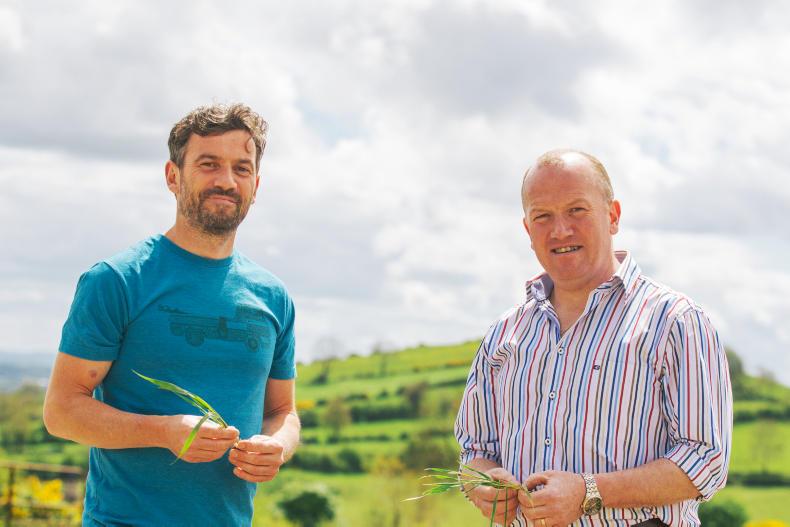




 This is a subscriber-only article
This is a subscriber-only article














SHARING OPTIONS: